Diplomatic tensions between China and India reach a crucial turning point with upcoming high-level negotiations. Chinese Foreign Minister Wang Yi and India’s National Security Advisor Ajit Doval will meet for important border talks in New Delhi on August 18. These discussions could shape future relations between the world’s two most populous nations significantly.
Background of the China-India Border Dispute
The border conflict between China and India spans decades, involving disputed territories across multiple regions. The Line of Actual Control stretches approximately 2,100 miles through challenging Himalayan terrain and remote areas. Both nations claim large portions of territory currently controlled by their neighboring country.
Recent years have witnessed increased tensions along the disputed boundary, particularly in the Ladakh region. Military standoffs and skirmishes have raised concerns about potential escalation between these nuclear-armed nations. The 2020 Galwan Valley incident marked the deadliest clash between Chinese and Indian forces since 1975.
Diplomatic efforts to resolve these border issues have continued through various channels and mechanisms. The Special Representatives dialogue mechanism was established in 2003 to address boundary questions comprehensively. However, progress has remained limited despite numerous rounds of talks and agreements.
Significance of the Upcoming August 18 Meeting
This meeting represents the first high-level diplomatic engagement between China and India in several months. Wang Yi’s visit to New Delhi signals both countries’ willingness to engage in constructive dialogue. The timing suggests urgency in addressing ongoing border tensions before they escalate further.
Ajit Doval, serving as India’s National Security Advisor, brings extensive experience in handling sensitive diplomatic matters. His background in intelligence and security affairs makes him uniquely qualified to navigate these complex negotiations. The choice of New Delhi as the meeting location demonstrates India’s commitment to hosting productive discussions.
Previous meetings between these officials have yielded mixed results, but both sides continue pursuing diplomatic solutions. The current geopolitical climate creates additional pressure for China and India to manage their differences responsibly. Regional stability depends significantly on how these two Asian giants handle their territorial disputes.
Key Issues Expected to Dominate Discussions
Several critical topics will likely feature prominently during the August 18 border talks between the two nations:
- Disengagement procedures along disputed border areas
- Confidence-building measures to prevent future incidents
- Economic cooperation despite territorial disagreements
- Military communication protocols and hotline mechanisms
- Implementation of existing border management agreements
The Ladakh region remains a primary focus area where both countries maintain significant military presence. Recent infrastructure development projects near disputed areas have heightened tensions and complicated resolution efforts. Both sides need to address concerns about military buildup and aggressive patrolling activities.
Economic considerations also play important roles in these diplomatic discussions between China and India. Trade relationships worth billions of dollars could benefit from improved political relations and reduced tensions. Business communities in both countries favor peaceful resolution of border disputes.
Regional and Global Implications
The outcome of these talks extends far beyond bilateral China-India relations, affecting broader Asian stability. Both countries serve as major powers within their respective alliance systems and regional organizations. Continued tensions could impact economic growth and development across the entire Asian continent.
The United States watches China-India relations closely, given its strategic partnerships with both nations. American foreign policy seeks to maintain regional balance while preventing conflict between these nuclear powers. European nations also express concern about potential escalation between China and India.
Regional organizations including BRICS, Shanghai Cooperation Organization, and ASEAN monitor these developments with significant interest. Economic integration projects across Asia could face delays if China-India tensions continue escalating. Peaceful resolution would benefit multilateral cooperation initiatives throughout the region.
Previous Diplomatic Efforts and Lessons Learned
Historical precedent shows that China-India border negotiations require patience, flexibility, and sustained commitment from both sides. The 1993 Agreement on Maintaining Peace and Tranquility established important frameworks for managing disputes. Subsequent agreements in 1996, 2005, and 2013 built upon these foundations.
However, implementation challenges have consistently undermined the effectiveness of these diplomatic accords between the nations. Ground-level military commanders sometimes interpret agreements differently, leading to misunderstandings and confrontations. Clear communication mechanisms and regular review processes could help prevent such incidents.
Cultural and linguistic barriers also complicate diplomatic efforts between Chinese and Indian negotiating teams. Translation issues and different negotiating styles can create unintended misunderstandings during sensitive discussions. Building personal relationships between key officials helps overcome these communication challenges.
What Success Would Look Like
A successful outcome from the August 18 meeting would include concrete steps toward reducing border tensions. Specific disengagement timelines and verification mechanisms would demonstrate genuine commitment to peaceful resolution. Both countries could benefit from increased economic cooperation and reduced military expenditures.
Public statements following the talks will provide important clues about the meeting’s success or failure. Positive language emphasizing cooperation and mutual respect would signal progress toward resolution. Conversely, defensive or accusatory rhetoric could indicate continued disagreements and potential escalation.
Long-term success requires sustained engagement beyond single meetings or agreements between China and India. Regular diplomatic consultations, military-to-military communications, and economic partnerships could help build trust gradually. Both nations must demonstrate political will to prioritize peaceful resolution over nationalist rhetoric.
The international community hopes these border talks will mark a turning point toward lasting peace between China and India. Regional stability and global economic growth depend significantly on how these two giants manage their differences moving forward.

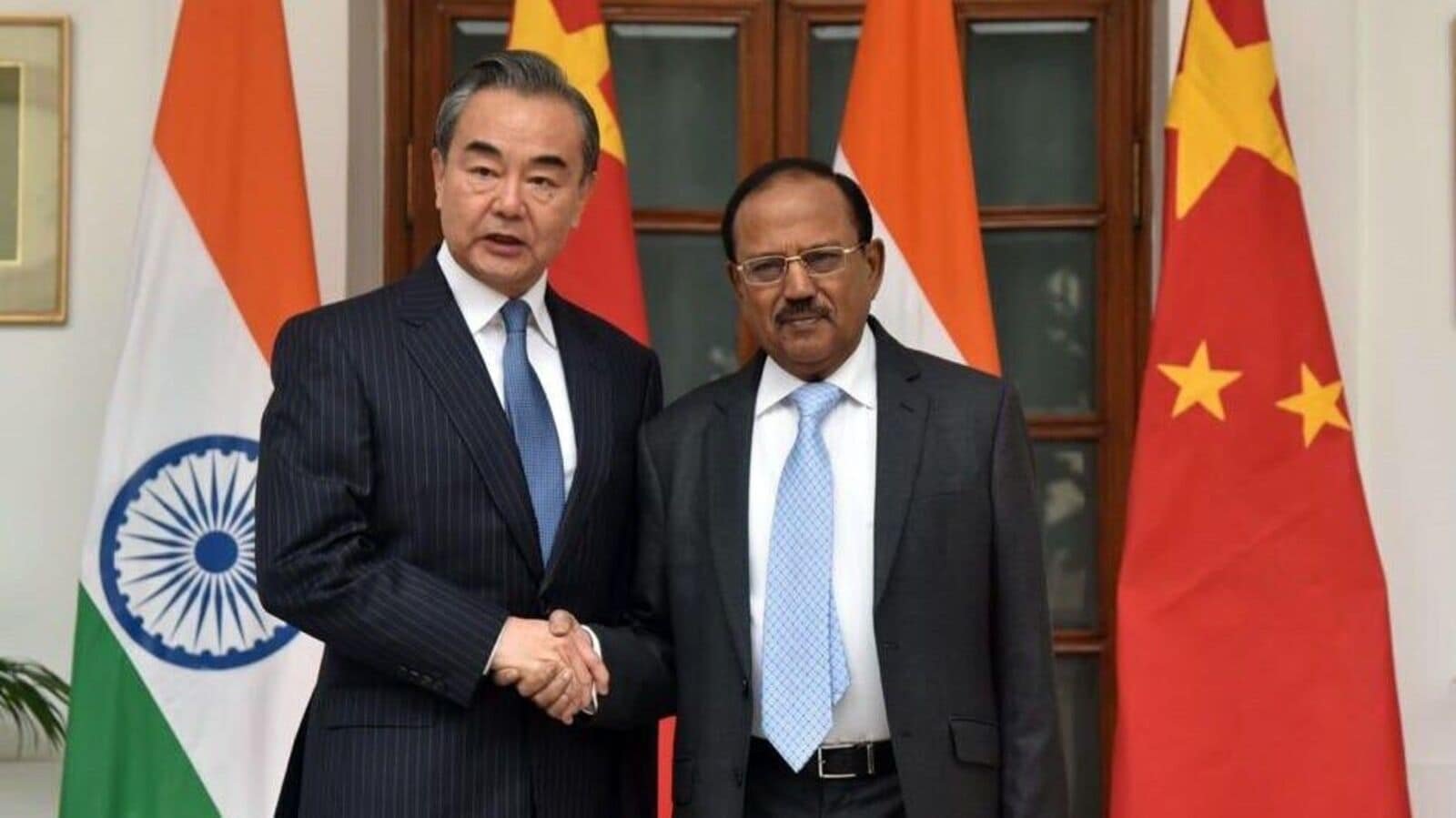
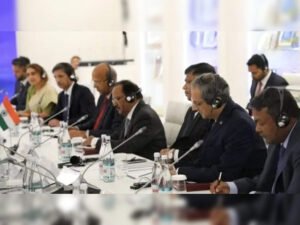
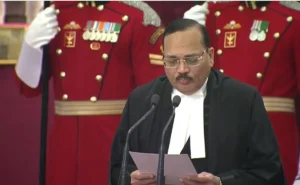

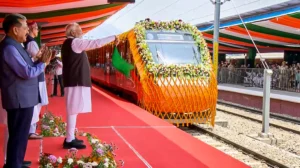




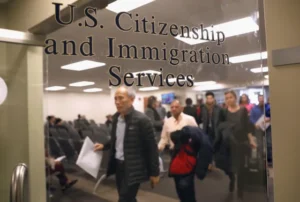


Be First to Comment